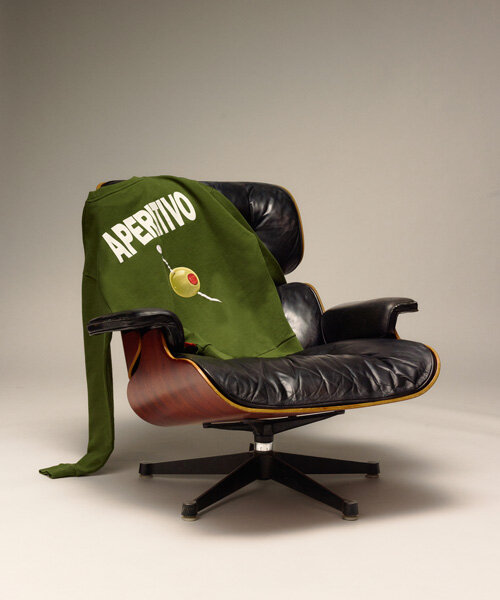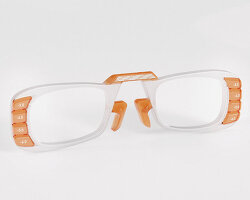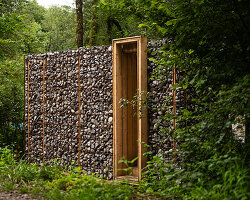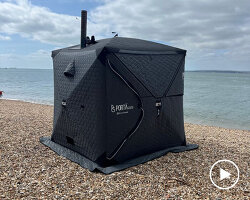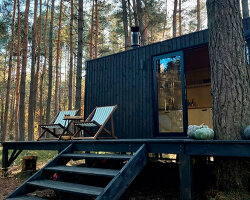emergency shelter respondes to extreme conditions efficiently
How would you survive if you found yourself in extreme arctic conditions? Lost with little visibility, no cell phone coverage, and sub-zero temperatures? Designers Henry Glogau and Samuel Barratt have the answer — a deployable emergency shelter that looks to harness extreme conditions to its advantage, rather than fight against them. The innovative project has been chosen as the winning proposal in the Product Design category of the Design Educates Awards 2022 competition.

All images courtesy of Design Educates Awards
frictional origami skin and lightweight structure
This project by Henry Glogau (see more here) and Samuel Barratt proposes an alternative design, that explores how a deployable emergency shelter can utilize snow capture as a natural insulator and protective layer, through a frictional origami skin and lightweight lattice structure. The shelter is located along checkpoints and hiking trails, and can be instantly unfolded in seconds in case an emergency occurs.
As part of a one-month testing period in Alaska, the results showed that with a 300-400mm snow cover, an average of 37°C difference could be generated between the shelter interior and its outside surroundings, compared to a conventional winter tent which offered a 13°C difference.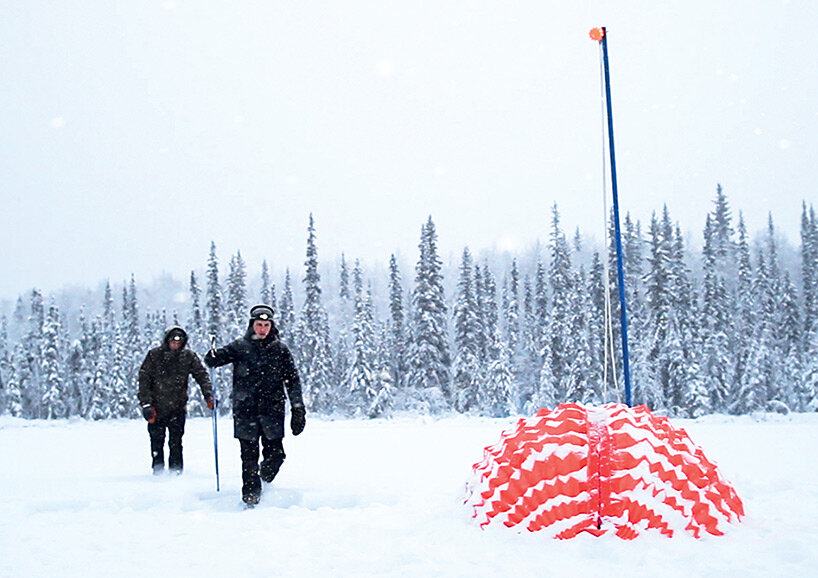
putting emphasis on biomimicry and symbiosis
The design has an inherent connection to its environment, employing principles of biomimicry and symbiosis at its core. The snow capture insulation proposal puts emphasis on the potential for effective solutions when taking a biomimetic ecosystem-based approach. Inspired by local flora, fauna, snow caves, and the traditional Inuit igloos, snow is considered a building material rather than a burden.
In strong winds, the aerodynamic water droplet form naturally anchors the shelter to the ground while dispelling wind forces. At microscale, local level turbulence is created within the origami pockets, encouraging the snow to naturally build up in blizzard-like situations, and therefore creating a natural insulation and protection layer. ‘These design features are similar to the way a golf ball incorporates dimples for specific performance while traveling through the air.’ explain the designers. 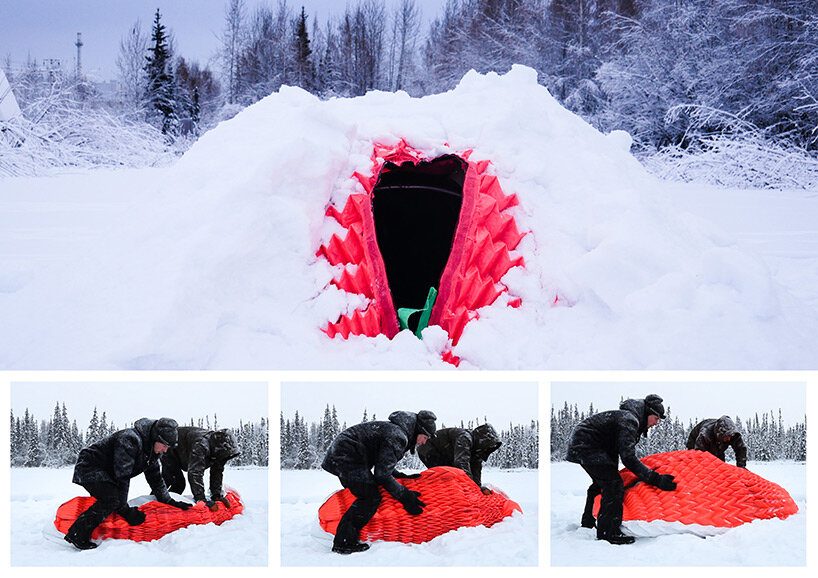
inspired by polar bears
Comparative tests were conducted physically, as well as through a series of computational fluid dynamic (CFD) simulations, where the shelter’s aerodynamics and thermodynamics outperformed conventional winter tents, especially when conditions reached an extreme blizzards scenario. To enhance the containment of a human user’s body heat, a mylar material is incorporated on the inside of the origami skin, reflecting the heat back into the space. This mylar feature was inspired by the way polar bears retain body heat within their fur coat with hollow fiber hairs.
The final feature of the design is the internal fiberglass lattice structure which is connected and deploys simultaneously with the origami outer shell. The lightweight and structural optimized lattice has been put to the test – withstanding the weight of a 70kg human standing on top.
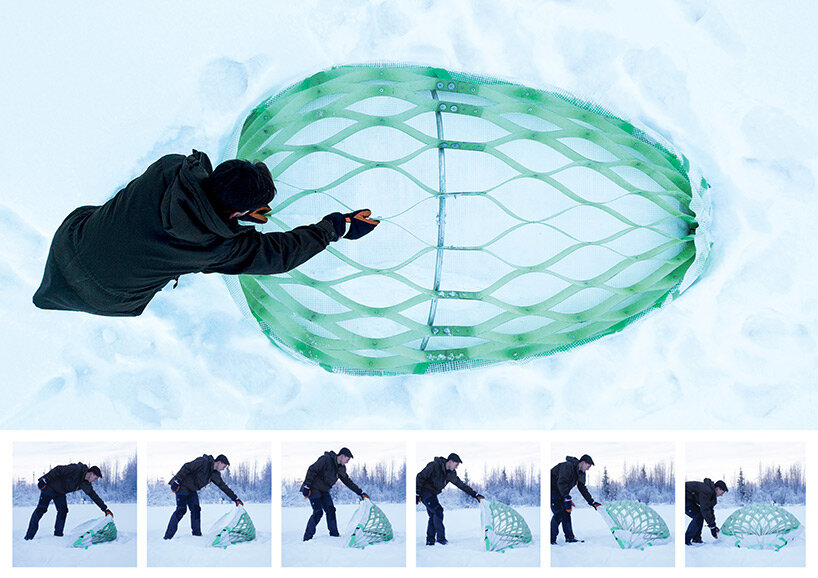

project info:
Name: Deployable emergency shelter
Designers: Henry Glogau, Samuel Barratt
Location: Alaska, USA
Competition: Design Educates Awards 2022 (Product Design category)

